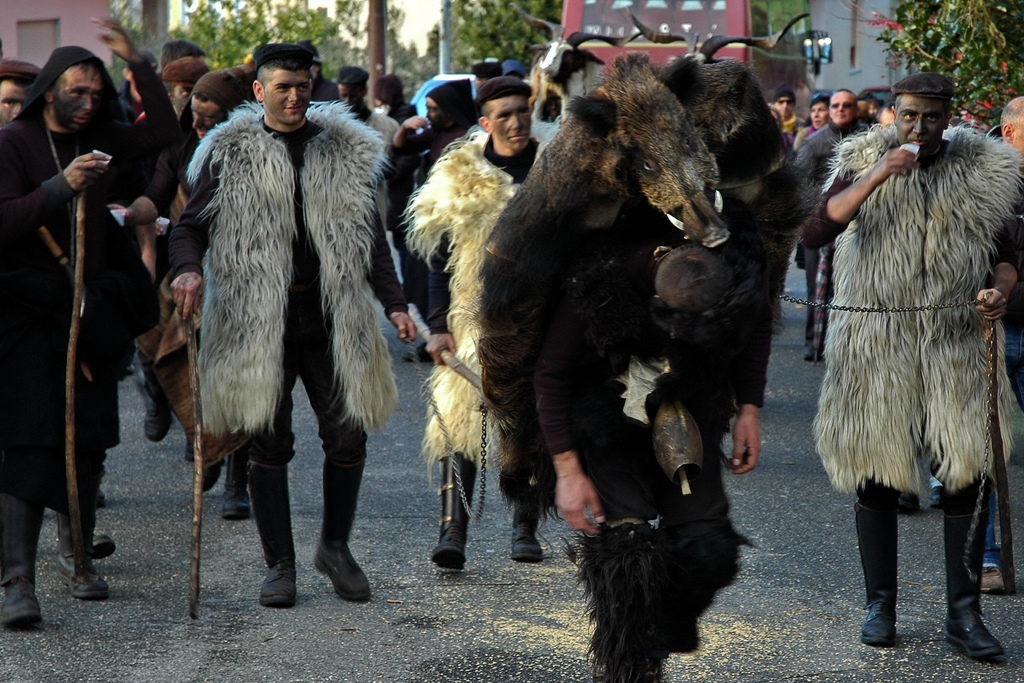Carnival is a very popular event throughout the province of Oristano. In addition to the renowned Sartiglia and Sa Carrela 'e Nanti, we find many other examples of carnivals, less known but worth seeing. We start from Bosa, with Karresegare Osinku, which takes place on Sunday, Monday and Tuesday carnival.
It involves the entire country whose inhabitants become street performers performing in dramatizations and satirical songs. The Shrove Tuesday is the central day of the Carnival dedicated to the parade of Gioldzi's masks (King George) and the masks of "s'attittidu" (funeral lament). In the morning very early the Attittadoras pass through the streets, dressed completely in black with a doll in his arms called Giodzi, crying for death his death and their lamentations are felt throughout the country.
At sunset the Attittadoras disappear and appear in the white masks that set fire to the puppets of Giodzi. In this way they represent the souls of the Carnival that is ending.
Not only theatrical performances and equestrian races, but also many typical masks such as Sos Corriolos of Neoneli, Sos Cotzulados typical masks of Cuglieri (different from the classic masks because they are covered with shells, the face is ocher-dyed and bear only a horn in front), S'urtzu and sos Bardianos by Ula Tirso, the Mamutzones by Samugheo, Sos Corrajos by Paulilatino and Su Corongiaiu by Laconi.
All covered in sheepskin, wild boar, goat or other animals, with cork headdresses usually made of cork from which mighty horns of goat, fallow deer or deer stand out, and with large noisy bells or animal bones hanging in the back, the protagonists so transvestites parade staging races, dancing around the fire, catches, etc.
These archaic rites mainly represent the link between man and the beasts and the cycle of death and rebirth. It also tends to involve spectators during these performances and parades, so do not be frightened if you paint your face black or chase you and grab with ropes or chains.










